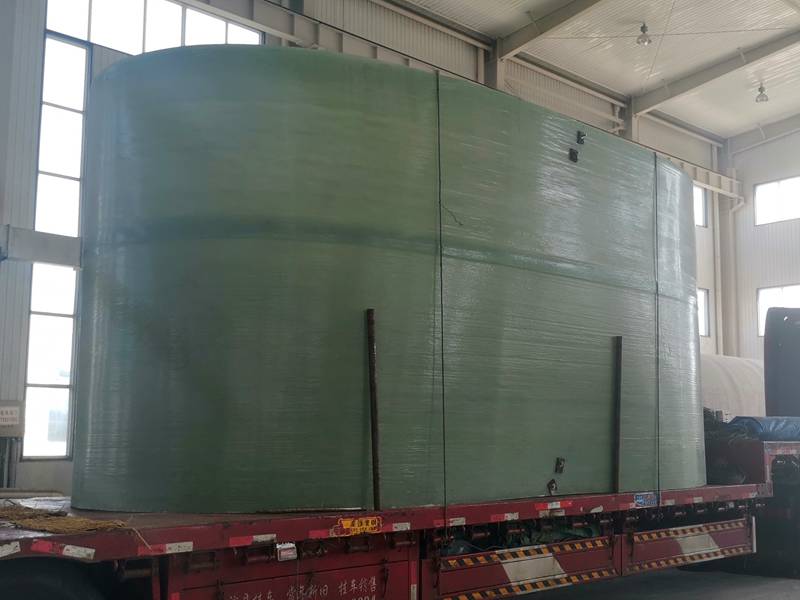
-
 Afrikaans
Afrikaans -
 Albanian
Albanian -
 Amharic
Amharic -
 Arabic
Arabic -
 Armenian
Armenian -
 Azerbaijani
Azerbaijani -
 Basque
Basque -
 Belarusian
Belarusian -
 Bengali
Bengali -
 Bosnian
Bosnian -
 Bulgarian
Bulgarian -
 Catalan
Catalan -
 Cebuano
Cebuano -
 China
China -
 China (Taiwan)
China (Taiwan) -
 Corsican
Corsican -
 Croatian
Croatian -
 Czech
Czech -
 Danish
Danish -
 Dutch
Dutch -
 English
English -
 Esperanto
Esperanto -
 Estonian
Estonian -
 Finnish
Finnish -
 French
French -
 Frisian
Frisian -
 Galician
Galician -
 Georgian
Georgian -
 German
German -
 Greek
Greek -
 Gujarati
Gujarati -
 Haitian Creole
Haitian Creole -
 hausa
hausa -
 hawaiian
hawaiian -
 Hebrew
Hebrew -
 Hindi
Hindi -
 Miao
Miao -
 Hungarian
Hungarian -
 Icelandic
Icelandic -
 igbo
igbo -
 Indonesian
Indonesian -
 irish
irish -
 Italian
Italian -
 Japanese
Japanese -
 Javanese
Javanese -
 Kannada
Kannada -
 kazakh
kazakh -
 Khmer
Khmer -
 Rwandese
Rwandese -
 Korean
Korean -
 Kurdish
Kurdish -
 Kyrgyz
Kyrgyz -
 Lao
Lao -
 Latin
Latin -
 Latvian
Latvian -
 Lithuanian
Lithuanian -
 Luxembourgish
Luxembourgish -
 Macedonian
Macedonian -
 Malgashi
Malgashi -
 Malay
Malay -
 Malayalam
Malayalam -
 Maltese
Maltese -
 Maori
Maori -
 Marathi
Marathi -
 Mongolian
Mongolian -
 Myanmar
Myanmar -
 Nepali
Nepali -
 Norwegian
Norwegian -
 Norwegian
Norwegian -
 Occitan
Occitan -
 Pashto
Pashto -
 Persian
Persian -
 Polish
Polish -
 Portuguese
Portuguese -
 Punjabi
Punjabi -
 Romanian
Romanian -
 Russian
Russian -
 Samoan
Samoan -
 Scottish Gaelic
Scottish Gaelic -
 Serbian
Serbian -
 Sesotho
Sesotho -
 Shona
Shona -
 Sindhi
Sindhi -
 Sinhala
Sinhala -
 Slovak
Slovak -
 Slovenian
Slovenian -
 Somali
Somali -
 Spanish
Spanish -
 Sundanese
Sundanese -
 Swahili
Swahili -
 Swedish
Swedish -
 Tagalog
Tagalog -
 Tajik
Tajik -
 Tamil
Tamil -
 Tatar
Tatar -
 Telugu
Telugu -
 Thai
Thai -
 Turkish
Turkish -
 Turkmen
Turkmen -
 Ukrainian
Ukrainian -
 Urdu
Urdu -
 Uighur
Uighur -
 Uzbek
Uzbek -
 Vietnamese
Vietnamese -
 Welsh
Welsh -
 Bantu
Bantu -
 Yiddish
Yiddish -
 Yoruba
Yoruba -
 Zulu
Zulu
Durable PVC and FRP Tanks for Efficient Storage Solutions
Understanding PVC and FRP Tanks A Comprehensive Overview
With the increasing demand for durable, lightweight, and corrosion-resistant storage solutions, PVC (Polyvinyl Chloride) and FRP (Fiber Reinforced Plastic) tanks have emerged as popular choices in various industries. This article will delve into the characteristics, advantages, and applications of PVC and FRP tanks, highlighting why they are preferred in specific scenarios.
Composition and Characteristics
PVC tanks are made from polyvinyl chloride, a type of plastic that is known for its versatility and durability. PVC is resistant to certain chemicals, has good tensile strength, and is relatively lightweight, making it an excellent choice for various applications. On the other hand, FRP tanks are constructed from a composite material that consists of a polymer matrix reinforced with fibers (usually glass or carbon). This combination grants FRP tanks exceptional strength-to-weight ratios and makes them resistant to a wide array of corrosive substances.
Advantages of PVC Tanks
The primary benefits of PVC tanks are their affordability and ease of installation. They can be manufactured in various sizes and shapes, allowing for greater flexibility in design and application. PVC tanks are also resistant to UV rays, making them suitable for outdoor use without significant degradation over time. Additionally, PVC is a non-toxic material, ensuring that it is safe for applications involving potable water storage or food processing.
pvc frp tank

Advantages of FRP Tanks
FRP tanks, while generally more expensive than PVC tanks, offer substantial advantages in terms of performance and longevity. They are exceptionally strong, lightweight, and resistant to corrosion, which makes them ideal for storing aggressive chemicals and highly corrosive substances. FRP tanks can also withstand extreme temperatures, making them suitable for applications in harsh environments. Their customizability, with the ability to mold into complex shapes and sizes, also enhances their utility across various sectors.
Applications
Both PVC and FRP tanks are widely utilized across several industries, including water and wastewater management, chemical processing, agriculture, and food storage. PVC tanks are often used for applications that require chemical resistance but do not necessitate the extreme durability that FRP provides, such as rainwater collection systems or small-scale agricultural storage. On the other hand, FRP tanks are frequently employed in more demanding environments, such as chemical plants and oil refineries, due to their superior resistance to corrosion and chemical degradation.
Conclusion
In conclusion, the choice between PVC and FRP tanks largely depends on the specific requirements of the application at hand. PVC tanks offer a cost-effective solution for less demanding environments, while FRP tanks provide exceptional strength and longevity for more challenging applications. Understanding the fundamental differences between these two types of tanks can help businesses and individuals make informed decisions that enhance efficiency and safety in various storage needs. Ultimately, both tank types play crucial roles in modern industry, contributing to improved operational effectiveness and risk management in liquid storage.









